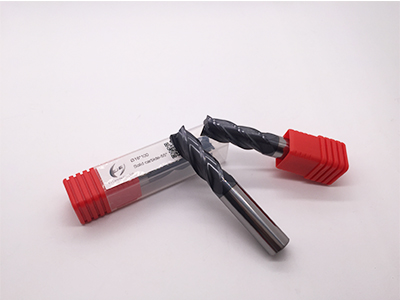Carbide cutting tool passivation

Why do carbide cutting tool passivation?
There are micro-notches of different degrees (ie, micro-cracking and kerf) due to the cutting edge of the tool after sharp grinding by a normal grinding wheel or a diamond grinding wheel. The micro-notch of the cutting edge of the tool is easily expanded during the cutting process, which accelerates tool wear and damage.
Modern high-speed machining and automated machine tools place higher demands on tool performance and stability. In particular, coated tools must pass through the passivation before the coating to ensure the firmness and service life of the coating.
The edge passivation technology is designed to solve the defect of the micro-notch of the cutting edge of the tool after the sharpening, so that the front value is reduced or eliminated, and the smoothness and rigidity are achieved.
The main effect of carbide cutting tool passivation:
Rounding of the cutting edge: removing the edge burrs and achieving precise and consistent rounding.
The edge burr causes the tool to wear, and the surface of the machined workpiece becomes rough. After passivation, the cutting edge becomes smooth, the chipping is greatly reduced, and the surface finish of the workpiece is also improved.
Uniform polishing of the tool groove improves surface quality and performance.
The flatter and smoother the groove surface, the better the chip removal, enabling higher speed cutting. At the same time, the surface quality is improved, which also reduces the risk of the tool and the processing material being killed. It can reduce cutting force by 40% and make the cutting smoother.
Polishing of the coating:
